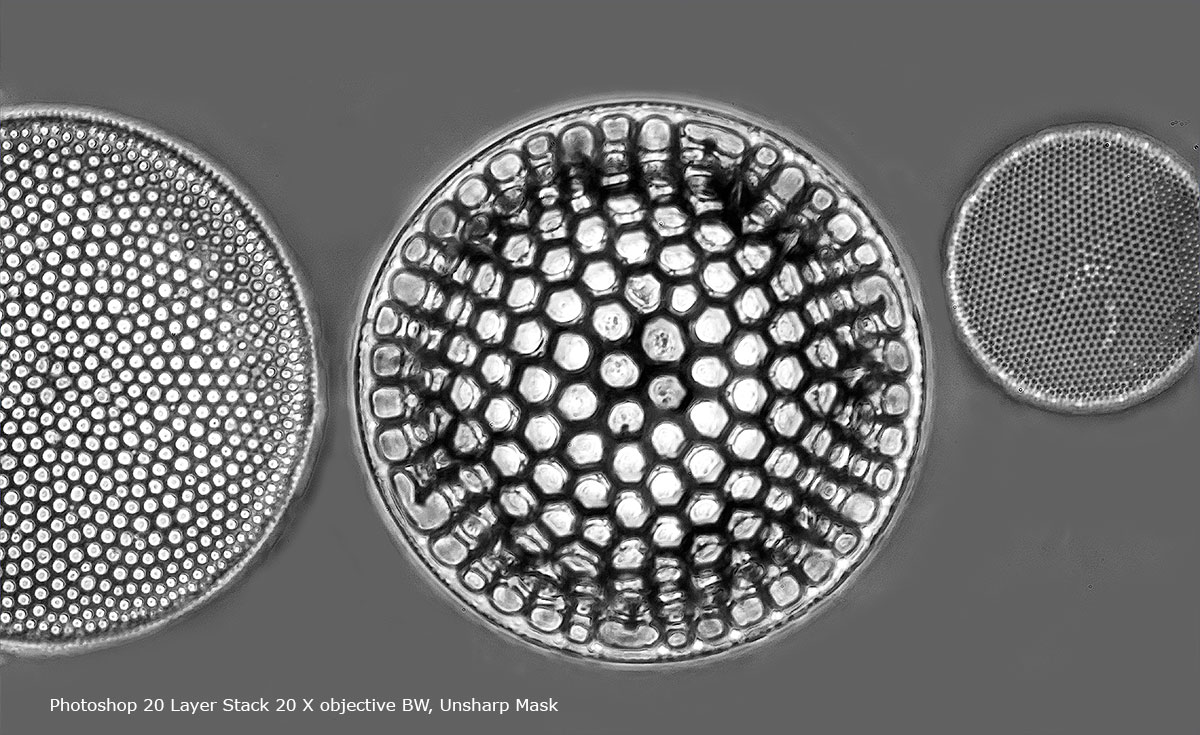

The Leica system also calculates and displays a depth map and confidence map so you can see what is guiding the algorithm. The white dashed lines indicate the in-focus region. The next two images are at the beginning and end of the stack. The single most important issue for better results is to leave the focus constant (tape it off) and move the camera on a macro rail. The Leica system uses telecentric lenses to reduce magnification changes as a function of distance. It was created from a stack of 23 images each with a 0.1180mm Dof. The first image exhibits some of the same issues in your sample.
Zerene stacker vs photoshop manual#
My lab has a dedicated Leica imaging system that has features to minimize the problem but still includes some tools for a manual work around. Stacking algorithms have trouble making up data along the edge in a convincing manner. Whenever layer 3 is sharp, some portion will always be blocked by the bloom in layer 1. But in addition to a general blur, out of focus portions of layer 1 have also “bloomed” to a larger size than in layer 1. When layer 3 is in focus, layer 1 is blurry. When the edges in layer 1 are sharp, the lower petal in layer 3 is out of focus. Your samples are labelled 1 to 3 and they are closest to and furthest away respectively from the lens. That option does not seem to be supported This was written with the idea of having inline images. But once you know what you are dealing with the you have some options for mitigation. Like many other things, there is no fix for all situations. Congratulations (sort of) for finding one of the problems with focus stacking on your very first try.


 0 kommentar(er)
0 kommentar(er)
